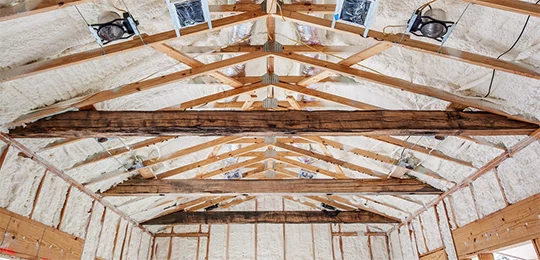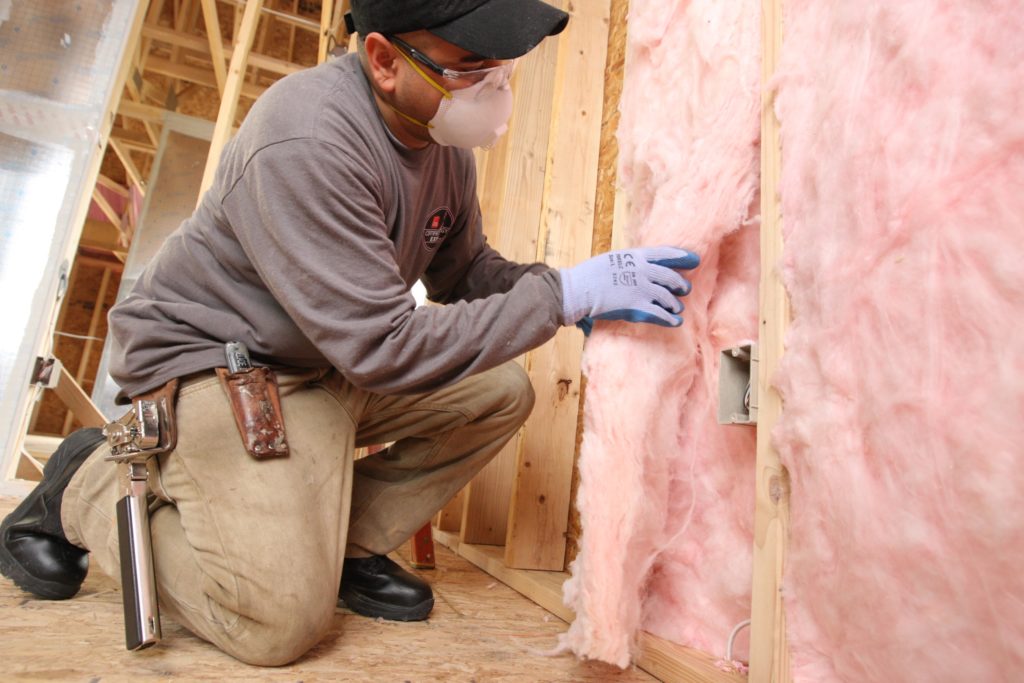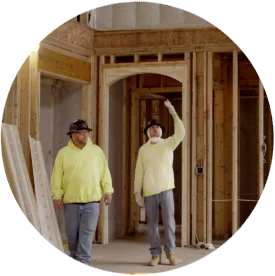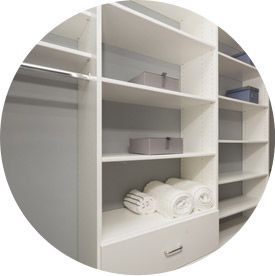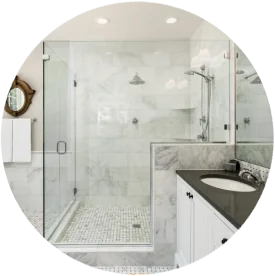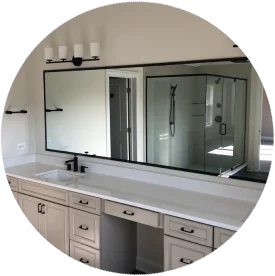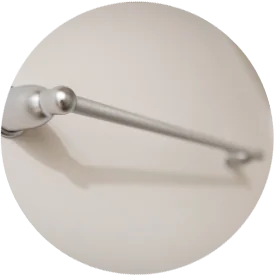Choosing the right insulation for your property can significantly impact comfort and energy efficiency. Two popular choices are spray foam and fiberglass insulation.
Both materials have their advantages, and understanding their differences can help you make an informed decision for your property.
What Spray Foam Insulation is Made Of & How it Works
Spray foam insulation is created by combining isocyanate and polyol resin, which react to form a foam that expands upon application.
This insulation is typically sprayed into wall cavities, attics, and other spaces, where it expands to fill gaps, cracks, and voids. Once cured, it forms a solid, airtight seal that helps reduce energy loss.
Spray foam is highly effective at providing thermal insulation and air sealing, making it a popular choice for both residential and commercial properties.
It’s often used in hard-to-reach areas and irregularly shaped spaces where traditional insulation might not fit properly.
Types of Spray Foam Insulation
There are two primary types of spray foam insulation:
- Open-cell foam: Lightweight and less dense, open-cell foam is soft and flexible. It’s effective for soundproofing and works well on interior walls. Its open structure allows for slight moisture absorption.
- Closed-cell foam: Denser and more rigid, closed-cell foam provides better thermal resistance (higher R-value) and works well in exterior walls, roofs, and basements. It forms a vapor barrier, making it resistant to moisture.
What Fiberglass Insulation is Made of & How It Works
Fiberglass insulation is made from fine glass fibers woven into batts, rolls, or loose-fill. It’s designed to trap pockets of air, reducing heat transfer.
Fiberglass is commonly installed in attics, walls, floors, and ceilings, where it helps maintain indoor temperature and reduce noise transmission.
Unlike spray foam, fiberglass does not expand to fill gaps, so it must be cut and placed accurately to maintain its insulating properties. It’s a cost-effective choice for new construction and retrofitting older buildings.
Types of Fiberglass Insulation
Fiberglass insulation comes in several forms, each suited for specific applications:
- Batt insulation: Pre-cut panels designed for walls, floors, and attics. Available with or without a vapor barrier.
- Roll insulation: Continuous rolls that can be cut to size, ideal for covering large areas.
- Blown-in insulation: Loose-fill fibers blown into wall cavities or attics. Effective for adding insulation to existing spaces.
- Rigid fiberglass board: Dense, flat boards used for insulating ducts and flat surfaces.
- Fiberglass pipe insulation: Pre-formed for insulating pipes and preventing heat loss.
Comparing Spray Foam Insulation vs. Fiberglass Insulation
When deciding between spray foam vs fiberglass insulation, consider the following factors:
- Cost: Spray foam is generally more expensive upfront, while fiberglass insulation is budget-friendly. However, spray foam’s energy savings can offset the initial investment over time.
- Fire-resistance: Fiberglass is naturally non-combustible and can withstand high temperatures. Spray foam varies by type; closed-cell foam can offer better fire resistance if treated with flame retardants.
- R-value: Spray foam typically has a higher R-value per inch at 6 to 7 for closed-cell, compared to fiberglass, which has 2.2 to 4.3. This makes spray foam more effective at reducing energy loss.
- Soundproofing: Open-cell spray foam is excellent for sound dampening, while fiberglass also provides decent sound control. Closed-cell spray foam, however, is less effective at noise reduction.
- Installation process: Spray foam requires professional installation due to the chemical reaction and curing process. Fiberglass batts and rolls are more straightforward for DIY projects.
Request an Insulation Quote in Hamilton, OH
At Mooney & Moses, we understand the importance of choosing the right insulation to keep your home comfortable and energy-efficient.
Our team of experts can help you decide between spray foam and fiberglass insulation based on your specific needs and budget.
We proudly serve Hamilton, Cincinnati, Beavercreek, Blue Ash, Covington, Dayton, Lebanon, and Miamisburg.
If you’re ready to enhance your home’s comfort and efficiency, contact us today to request your insulation quote.

